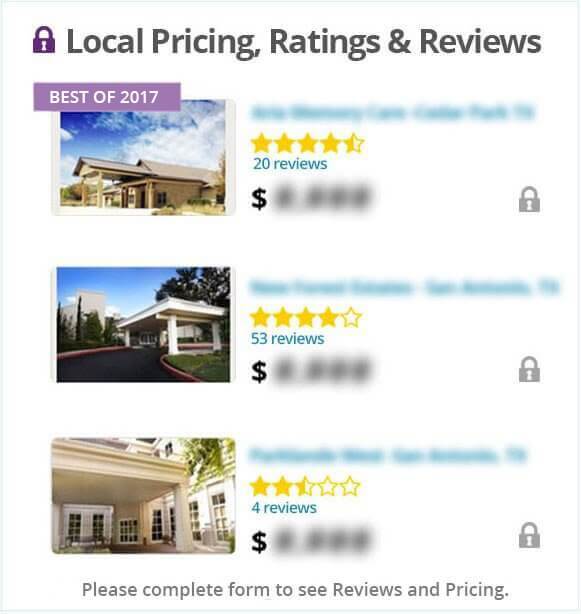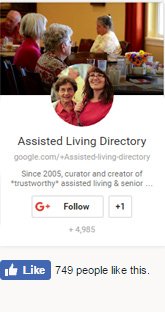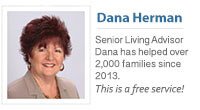Our Interview with Renee Cordrey - AAWC
Our Interview with Renee Cordrey, Member of the Board of Directors of the AAWC: Discussing Wound Care, Seniors and Assisted Living
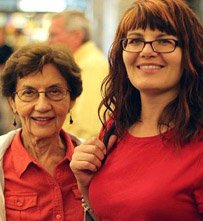
Summary: We asked Renee Cordrey (PT, MSPT, MPH, CWS) – who is a member of the Board of Directors of the AAWC – a number of questions about the AAWC, Wound Care and how it relates to seniors, caregiving and assisted living.
Interestingly, in the 12+ years of working on Assisted Living Directory, I’ve rarely heard or seen the the words ‘wound care’ in articles, facility marketing materials, or spoken by professionals in the industry. Most often, you’ll hear about the big ones, such as Alzheimer’s or memory care.
What I think might be often overlooked is with many of these seniors and care home residents, there is a significant percentage of them who are bedridden most, or all of every day. This can, without proper preventative measures, lead to wounds, pressure ulcers and other issues.
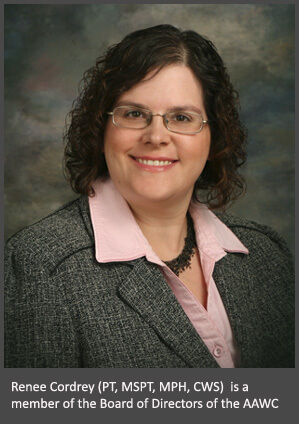
Our interview with Renee Cordrey, a member of the Board of Directors of the AAWC explains what their association does, and a little bit about it’s history and mission. Our interview also sheds some light on the importance of wound care awareness with seniors, and what caregivers and the senior care industry can do to prevent wounds, and how to handle them should they occur.
Our Interview with Renee Cordrey, Board Member for the AAWC:
Q: Please tell me about the Association for the Advancement of Wound Care (AAWC), how long it has been in service, and a little bit about it’s history, growth and mission.
A: The Association for the Advancement of Wound Care was conceived in 1995. It is the preeminent, multidisciplinary organization dedicated to the research and clinical application of evidence based wound care. As a not-for-profit association, AAWC gives numerous benefits to build a collaborative wound care community for optimal care of those who suffer with chronic non-healing wounds. The Association for the Advancement of Wound Care (AAWC) exists to be the leader in interdisciplinary wound healing and tissue preservation.
We now offer free memberships for people living with wounds and their caregivers, though our WIN (Wounds in Need) program. (http://aawconline.org/benefits-of-patientcaregiver-membership/)
A: There is a significant lack of awareness about wounds, even though more people have wounds than have cancer. Therefore, families dont even think about the risk of skin issues such as pressure ulcers (bed sores) and skin tears. Its not in the top 10 concerns they may have about needs their loved one may have.
Facilities might chose to not admit people with existing wounds because the wounds may be complex or require a lot of nursing time to manage, and the ALF may not have the expertise in-house. Because people in assisted living, in general, are more active than those in long-term care, they are less likely to develop skin problems such as pressure ulcers, but they are not unheard of.
Q: Do you think that the senior care industry, at this time, is adequately knowledgeable about wound care, and issues, and do you think that most senior care homes and facilities, in general, are adequately trained and prepared to handle these issues?
A: Overall, across all areas of health care and senior care, there is a general lack of awareness of the problem of wounds, how to prevent them, and how to manage them. Many assisted living facilities do not have wound specialists on staff, and may not have the resources available to treat chronic wounds. However, home health agencies, in-house rehabilitation departments, or outpatient wound clinics might be utilized to provide the care needed for residents who have wounds.
Q: What are some steps that families, caregivers and the general population can do to prevent wounds (with themselves, or perhaps an aging loved-one) from occurring in the first place? Is prevention “key?”
A: Prevention is indeed key to preventing many of the skin problems facing older adults. The AAWC has resources to help people and their caregivers learn more about wounds, how to prevent them, and how to manage them. They can be found on the AAWCs Patient/Caregiver Resources page. http://aawconline.org/wound-patientcaregiver-resources/. Of particular interest may be the pamphlets of the ABC’s of Wound Care, Take the Pressure Off, and The Skin Youre In.
As mentioned above, people who are bedbound are at higher risk for pressure ulcers (bed sores). Moving around in bed and changing position often is important to change where the pressure is concentrated. This might take the form of a caregiver helping with the repositioning, but the person might become better able to do it himself with the help of physical therapy to gain the skills, strength, and knowledge necessary. For those at even higher risk, special mattresses or overlays might be appropriate. Consulting with a wound specialist can help determine when that is necessary, and what type of surface would be appropriate, as there are many different categories of products.
More common in ALFs are people who sit in wheelchairs, or other chairs, much of the day. People sitting should take the weight off of their sit bones in their buttocks and their tailbone frequently. This might be achieved by a chair push-up, a lean to the side, or a forward lean several times an hour. Those with less physical ability may benefit from a chair that will change the position when a switch is activated. A physical therapist or occupational therapist can help make sure a wheelchair is the correct size (which should be done before the chair is ordered), that the person has an effective strategy to shift their body weight, and that an appropriate cushion is chosen for the chair. For those who use the wheelchair for longer distances but can walk short distances, encouraging continued activity instead of sitting will help not only the pressure ulcer risk but overall health. Additionally, physical therapy may help improve overall mobility, so that a person may be able to walk more and use the chair less.
Other types of wounds may be present in ALFs. People with circulation problems in the legs can get ulcers (venous or arterial ulcers). These should be managed by a wound care specialist (physician, nurse, PT, or podiatrist, for example). Avoiding trauma to the legs can reduce the risk of a new sore forming if a circulation problem exists.
People with diabetes are at greater risk for foot problems, including wounds. Anyone with diabetes should see a podiatrist regularly for foot and nail care. Foot hygiene, daily foot exams, and the choice of shoes all help prevent these wounds from happening. The US Department of Health and Human Services has educational materials on diabetic foot care available. http://www.hrsa.gov/hansensdisease/pdfs/leappatientbooklet.pdf
Q: Do you believe there could be more awareness about wound care, and what do you believe is the best way to spread awareness about wound care, pressure ulcers, and the like to families with aging loved ones, and throughout the senior care industry?
A: There is definitely a need to increase awareness among the public and the media, and the AAWC is working on this challenge.
Sometimes pressure ulcers are the focus of attention because they are seen as an indicator of the quality of care, are closely monitored by many states, and influence Medicare payment to facilities. However, other types of wounds, such as diabetic foot ulcers, venous ulcers (leg wounds caused by poor circulation out of the leg), and arterial ulcers (wounds caused by poor circulation going into a leg), also occur in older adults, even those who are active. They are sometimes overlooked, but must be considered as well.
Melanie Wrote:
It sounds like all assisted living homes should have some degree of training with wound care. I would imagine that any senior/elderly person would potentially have periods (temporary or more permanent) where they are bedridden, and thus prone to wound issues?
26 November 2014 at 11:14 am
No Obligation
Assisted Living with Our Interview with Renee Cordrey - AAWC
